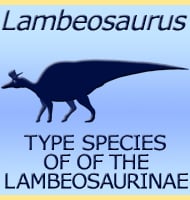Ojoceratops
In Depth Fossils sitting in a museum and sometimes thought to belong to one kind of ceratopsian dinosaur are sometimes found to actually represent another upon later examination. This is how others such as Mojoceratops and Spinops were discovered, and is also how Ojoceratops was discovered. Ojoceratops was classed as Torosaurus, but is thought to … Read more

